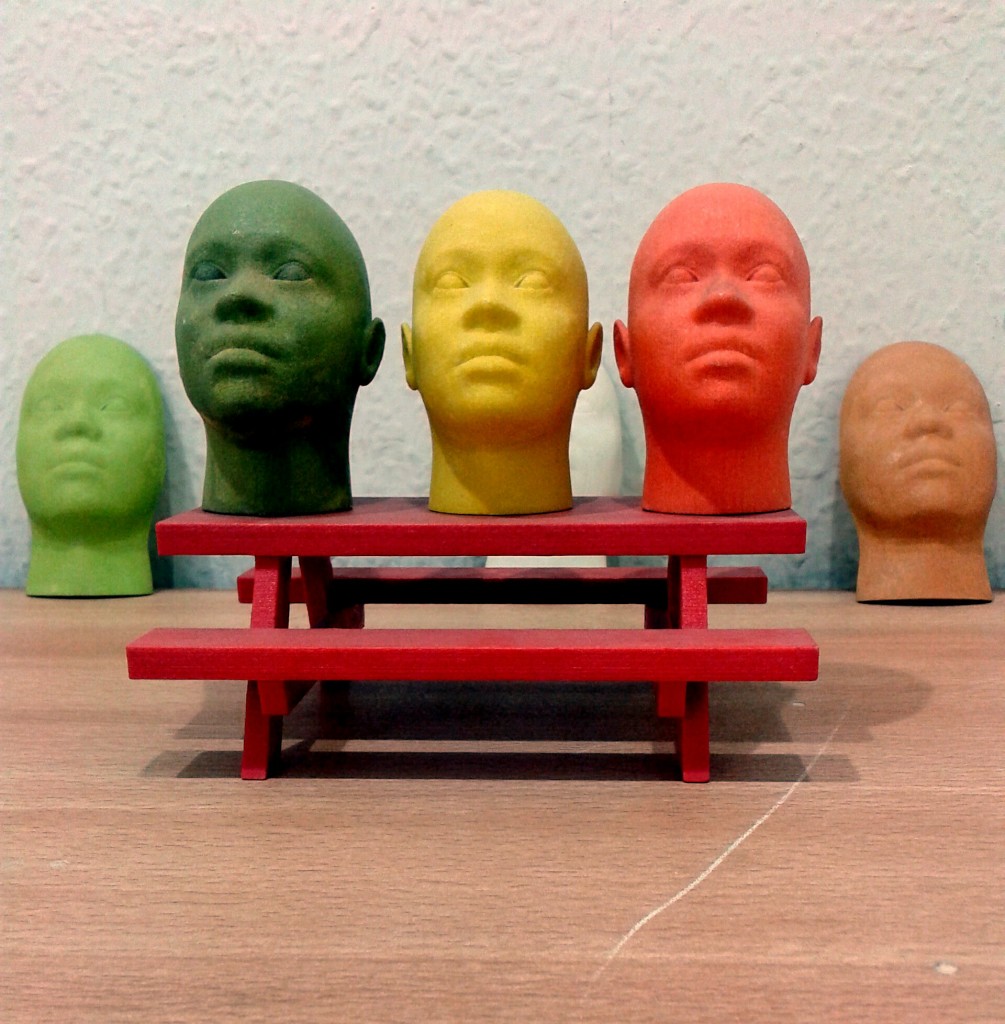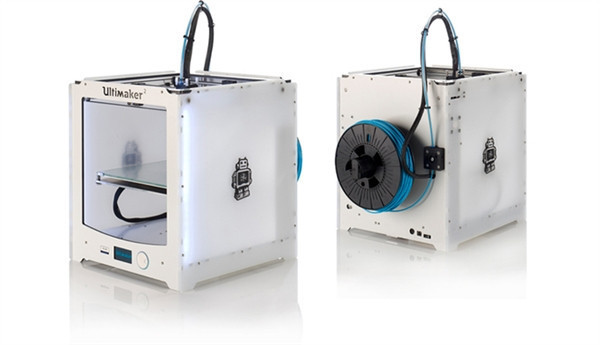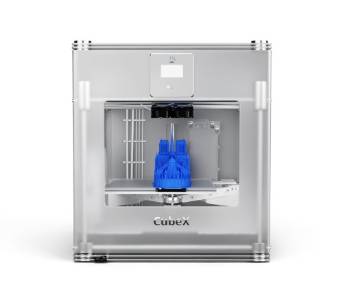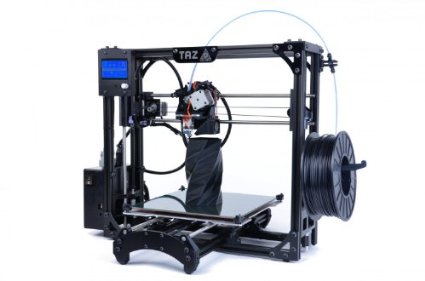
I have been recently researching about 3D printers at my current job. Some of the things I learned from this research were quite interesting so I decided that I am going to post some of my research on my blog. I will start this blog post explaining what 3D printing is, how it works, where it has been used and my views on three different 3D printers I had used in the past.
Overview
Additive printing, or 3D printing as it is most commonly known as, is the process of making a physical object from a three-dimensional digital model of any type of shape. 3D printing basically works by creating the requested model layer by layer, starting from the bottom all the way to the top of the model. The layers are usually thin layers of plastic material which are typically laid down on top of each other successively until the physical object has been created.
The Independent explains the process of 3D printing is like baking a sliced loaf of bread backwards:
The process is a bit like making a loaf of sliced bread, but in reverse. Imagine baking each individual slice of bread and then gluing them together into a whole Loaf (as opposed to making a whole loaf and then slicing it, like a baker does).
A detailed explanation of what 3D printing is and how it works can be seen in this video.
Areas of Implementation and Integration
3D printing has been used in many different businesses areas. Some of the major examples on how 3D printing has been implemented and integrated into different businesses are:
- Automobiles: In 2014, Koenigsegg utilized many components in their new supercar, the One:1, that were 3D printed. These components allowed the car manufacturer save weight on their new car and keep the supply chain simpler. An American company, called Local Motors, took this a step further by 3D printing the entire car body.
- Aerospace / Spaceflight: 3D printing has been used to create components for jets and rockets that have already been fitted and successfully test flown. BAE Systems successfully test flew their jet in 2013 while SpaceX successfully flew their rocket in 2014, both which used components that were 3D printed.
- Apparel: 3D printing has been used to create experimental 3D-printed items of clothing, such as shoes, bikinis and dresses. Major companies, such as Nike, have started to create bespoke and custom-fit shoes for American Football players and athletes.
- Medicine: 3D printing has been used in medicine to print specific implants and devices. Successful operations include titanium pelvis, titanium jaw and hearing aids. 3D printing has also been used to create prosthetics to help people, and animals, in rehabilitation after they have been crippled. In recent years there have been studies which allowed to successfully 3D print human body parts, such as ears and livers, using living tissue. However, this technology will not be ready for use for at least another ten to twenty years.
- Firearms: Defense Distributed, a US-based group, released the plans on how to create a working plastic gun by anybody who owns a 3D printer.
- Construction: 3D printing has been used to investigate construction for off-Earth habitats. An additional use for 3D printing is to build buildings.
3D Printers

Price:
$2799.99 (approx. £1723.99)
Positivies:
- Fast print speeds
- Superior precision
- High resolution
Negatives:
- Not Wi-Fi compatible
- USB post is for firmware updates only
- Expensive for a single-extruder printer
Conclusion:
The Ultimaker 2 is perfect for any skill level. It is aesthetically pleasing 3D printer with premium features and high-quality results. The Ultimaker 2 offers consistently good print quality. With its large build are, this will be the top 3D printer for makers and designers.

Price:
$2425.00 (approx. £1492.99)
Positivies:
- Excels with large prints
- Creates multicolor prints
- Can print with both ABS and PLA plastic
- Upgradeable
Negatives:
- Only Cubify’s filament cartridges are compatible with the CubeX
- Can only print as fine as 125 microns
- The 3D software bundled with the printer does not allow to make many adjustments to 3D models compared to other 3D software supplied with alternative 3D printers
Conclusion:
The Cubify CubeX is easy-to-use. It is a well-built 3D printer that is an excellent option for multicolor model printing. However, due to the CubeX using proprietary filaments it can cost the user over £900 per 10 pounds of plastic extruded by the CubeX printer. The software that comes with the 3D printer is not very good compared to alternative software. The software does not allow making many adjustments to 3D models and created the 3Dmodels in a lower quality. One feature that CubeX excels at is that this is the first printer that can be upgraded by just buying a printer head. This can allow a CubeX that prints in a single color, or dual-color, to start printing in three colors.

Price:
$2194.95 (approx. £1350.99)
Positivies:
- High print speeds and resolution
- High print speeds and resolution
- If a part breaks of the 3D printer then you can print that part out using the 3D printer
Negatives:
- Only one print head is available so it can only print one color at a time
- No bundled 3D software
Conclusion:
The Lulzbot Taz 4 is a large-scale, high-quality 3D printer which is easy to use for anyone. It has been redesigned from the Taz 3 so that it allows for more precise 3D prints compared to other 3D printers. It is a beginner-friendly printer which is easy to set up. All the parts of the 3D printer can be printed which means it is cheap and easy to fix the printer. A limitation of Taz 4 is that it comes with open-source software. Because of this, the software is not as good as proprietary software designed specifically for a 3D printer. Overall, the Taz 4 is one of the most reliable 3D printers available on the market currently.
